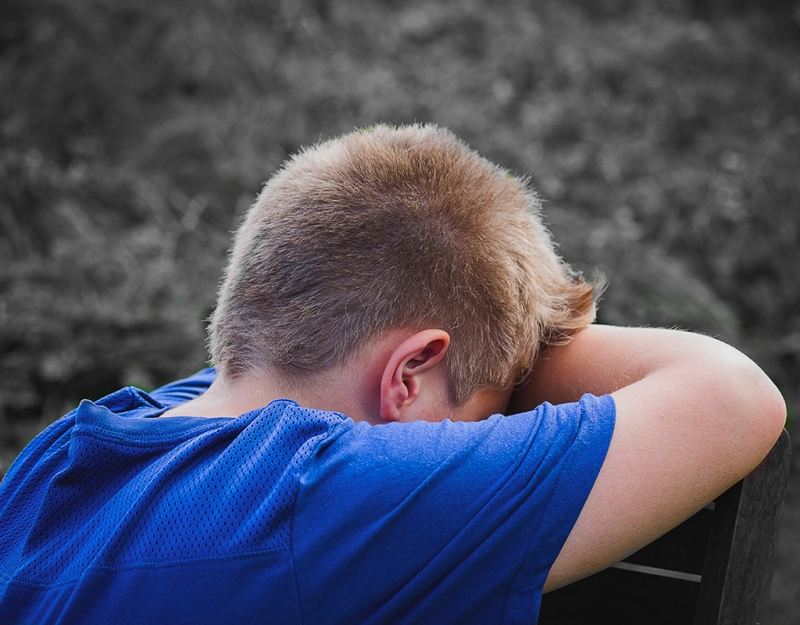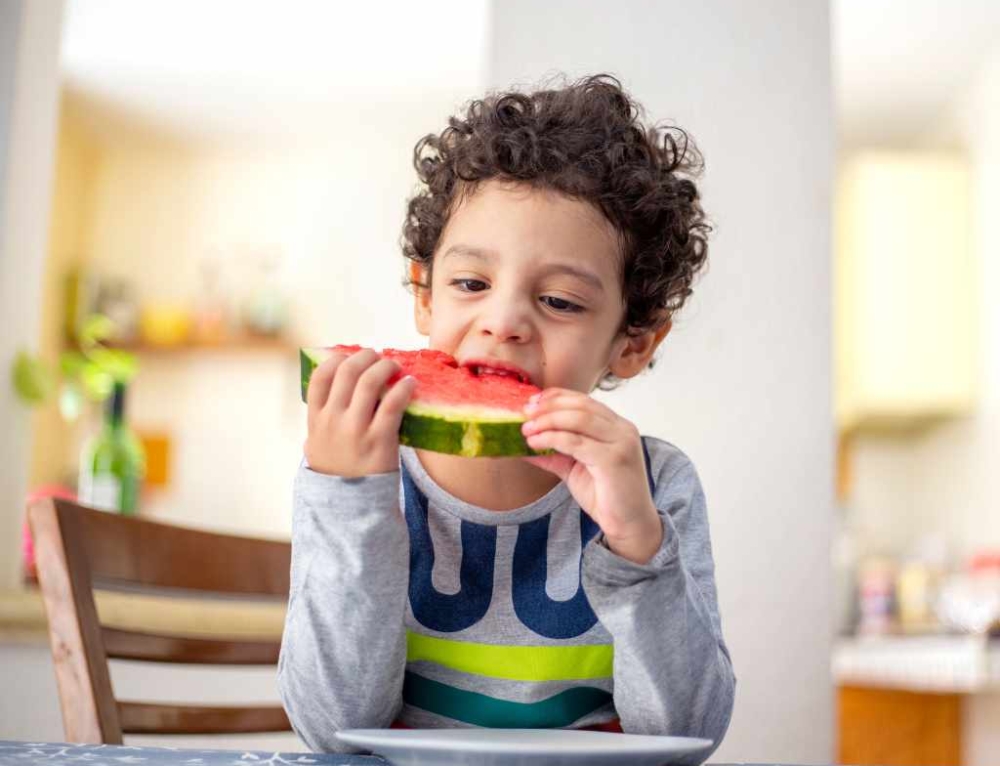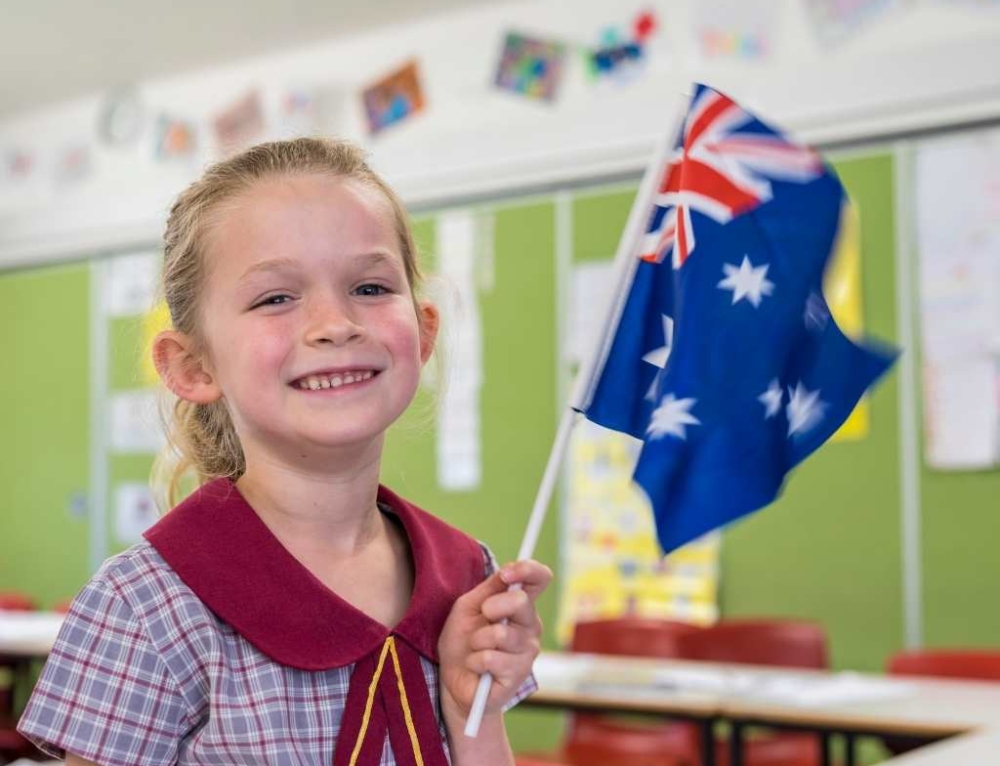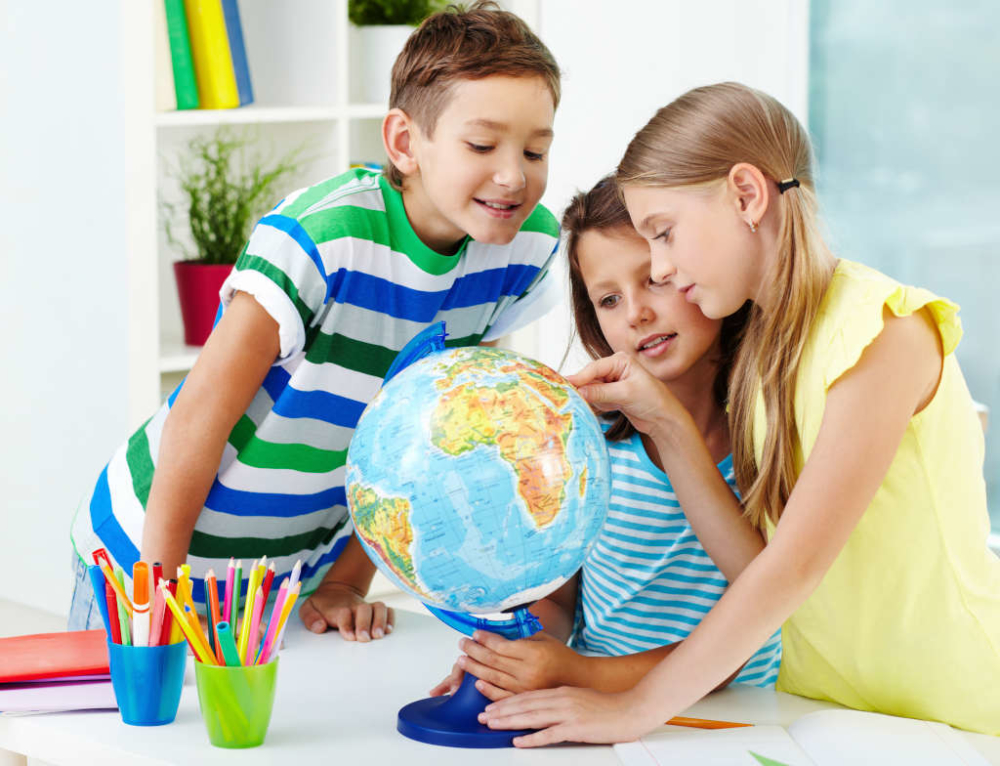Headaches are very common in children, particularly school-age children and teens. There are a variety of headaches and the type of pain experienced.
Having a headache is one of the main reasons kids miss school, and a Norwegian study found that a majority of children aged 7-12 years reported having at least one headache a month.
What can trigger a headache in children?
A lot of the time what causes headaches in adults is the same as in children – that is skipped meals, dehydration, concentration, illness, migraine, food intolerances, eyesight issues, stress, a bump on the head or lack of sleep.
While that can sound like a lot of causes, most of these can be easily treated at home with non-drug or medicine remedies.
Children can also get secondary headaches (that is, caused by another health problem). The most common causes of these are infection such as sinusitis or a middle-ear infection. Other rare secondary headache causes can include head injuries or concussion, blood vessel problems, medication side effects, brain tumours, cervical spine injury, ocular inflammation, meningitis and encephalitis.
Kids get migraines
Studies have shown that up to 10% of children suffer from migraine, with a quarter of these having their first attack before the age of 6, and more than half between the ages of 6 and 10.
Migraine is often hereditary and is twice as common in mid-teens than in kids under 10. In childhood it’s suffered equally by boys and girls but in adolescence, migraine is more prevalent in girls than boys, which is thought to be hormone-related.
Migranes are often accompanied by problems with vision, nausea, numbness and weakness.
Tension headaches
While tension headaches are the most common disorder across the population, they’re believed to be less prevalent in younger children with the onset often being in early adolescence.
Tension headaches typically cause pain that radiates in a band-like fashion from the forehead to the back of the head or into the neck. The pain often presents as a tightness, pressure, or dull ache.
Treatment for childhood headaches
The first thing to do at the onset of a headache, (especially a migraine) is to rest in a quiet darkened room and using a hot or cold pack (whichever the child prefers). Making sure they’re hydrated and, if not nauseus, have eaten.
Otherwise analgesics like paracetamol have been found to be very fast and effective in treating headaches in children.
Are you sure it’s a headache?
Diagnosing headaches in littlies can be difficult because maybe they don’t have the words to explain it, or they can often be experiencing other symptoms like nausea or vomiting.
It’s even possible that while they’re pointing to their head, what they actually have is an ear infection, a toothache, a sore throat or sinus pain. Misdiagnosing a headache in a young child is very common because kids can find it difficult to identify and locate the pain.
When to see a doctor
Usually a headache is not serious – even though the pain may be – and can be easily treated at home.
Sometimes headaches are a symptom of an illness or condition which may need medical treatment.
See a doctor if:
- there is an increase in the frequency, severity or duration of the headaches
- the headache is severe
- it is different to previous headaches
- it is accompanied by vomiting, fever,vision problems, or a stiff neck
- the child is really drowsy or has a seizure
- it is preceded by an injury
- there are personality or behaviour changes
Find more on Kidspot:







Leave A Comment
You must be logged in to post a comment.